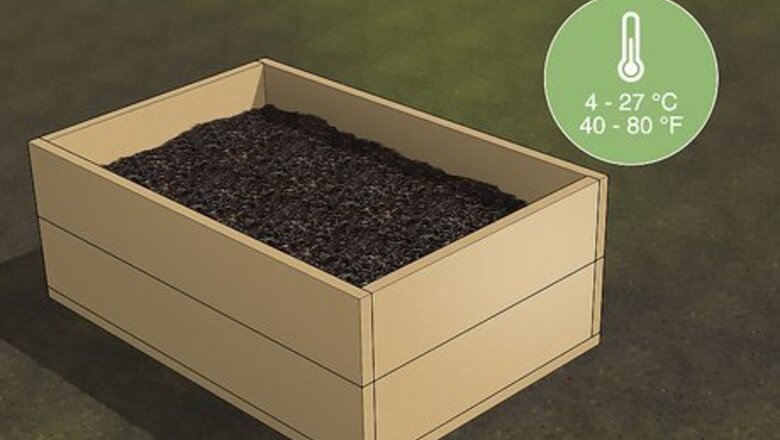
views
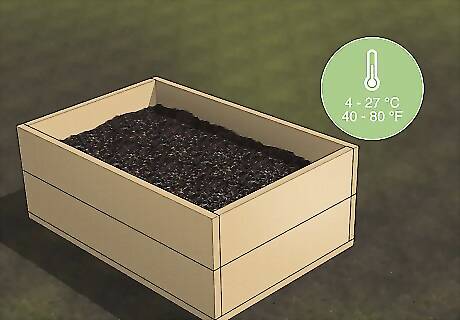
Provide the optimum location and environment. If you don't mind cohabiting with the crawling critters, your basement is one of the most optimal of environments for a thriving worm suburb. A warm, dark and dry environment is best; however, worms are fairly hardy and can withstand temperatures in the range of 40 - 80 F (4 - 27 C). Although the bedding should be moist, it should not be too damp, so be sure to keep them out of the rain. You will also want to keep them out of the hot, direct sunlight. If you insulate the container well enough, they can survive in colder temperatures, but you must not neglect their care.
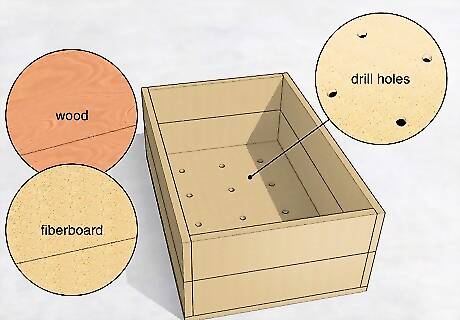
Build a container for your new pets. This does not have to be anything fancy, and there really is nothing to it. If you are all thumbs, you can purchase worm homes in a wide variety of material from plastic to fiberboard to more dense wood. Wood is an optimal material because it will absorb some of the moisture and it is a good insulator, unlike plastic which tends to get the compost pretty wet. You probably have things around your house that you can use, such as an old toy box or a dresser drawer. Anything that will hold a lot of bedding will do. You will need to drill drain holes in the bottom to make sure that moisture is able to pass through. Worms will drown easily if water is not drained off properly.
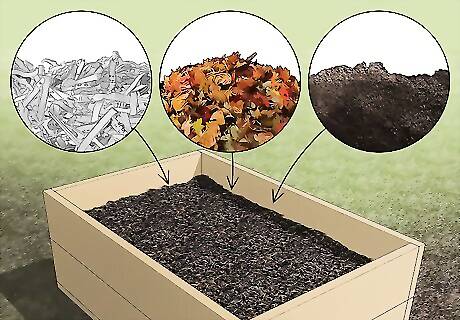
Create a nice mixture of bedding material to fill up your worm bin. Shredded newspapers are excellent; shredded cardboard, leaves and other yard waste is also very good. Just a couple of scoops of soil is good. Worms need some dirt for roughage to process their food just like a chicken does utilizing a gizzard. Use a variety of bedding material; your worms will be happier and they will give you a lot of poop to show for it. Make sure that the bedding, whatever you use, is organic like paper and non-toxic. You will want to get it wet and wring it out so that it is just damp, but not dripping. Fill your bin about 3/4 full of the stuff and keep it fluffed so there is plenty of oxygen for the worms to thrive and the smelly stuff to dissipate.

Choose which type of worm you want to use for your new venture. This basically means deciding upon which kind of customer you are going to serve. For fishing, big fat old night crawlers, such as the mammoth Canadians are great. They do not create as much castings as red worms do. Red worms are excellent for making the compost that green gardeners consider the gold standard of fertilization. You can most certainly search on line and find a supplier of hybrids and have the best of both worlds.

Load up your worm bins with the correct ratio of worms to bedding to food. A good rule of thumb is a 2:1 ratio of pounds of worms to daily pounds of food. This is approximately 2000 night crawlers, so your bins should be large enough to accommodate this many residents.
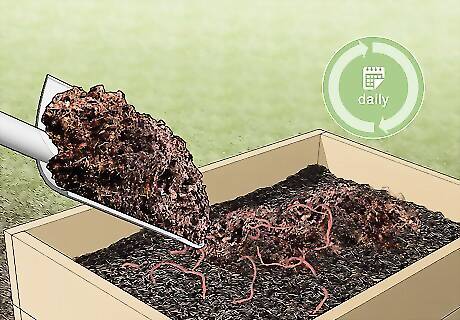
Feed your worms daily. A family of four ought to be able to produce enough food waste per day for the worms to consume. Just about any kind of food will work, except for meat, dairy, overly oily foods or grains. These become really stinky and they attract flies. A couple of things that you just don't want to deal with. Coffee grounds are excellent; they weigh a lot, and are pretty cheap as a food source. Ground up egg shells are great too. These are items that would normally fill up a dump, so you are really helping the environment and getting some good fertilizer in return. Fruit and vegetable peels and scraps are other good choices. You can add more shredded, dampened newspapers in a pinch as well.
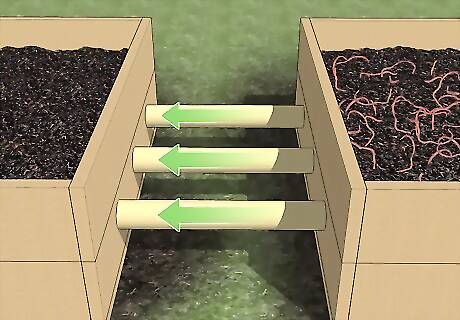
Place the worm food in a single spot in the tub. If you place it there, they will come and eat it. No need to spread it all around. When the tub is nearly full of poop and good old compost, you can move the worms to a new tub and start over. Now you have a product to sell. As your worms reproduce, you will need to expand their living quarters also. You can drill a large hole in the side of the tub and do the same on the second tub. Connect the two tubs with a plastic tube or pipe and close off the end where the worms are. When you need to move them into their new home, just open the tube up and put food in the other, new tub. The worms will start to migrate over there. This process takes a longer time, but it is easy, less messy and less laborious. Now you are on your way to a profitable business.



















Comments
0 comment